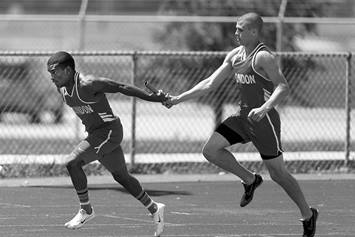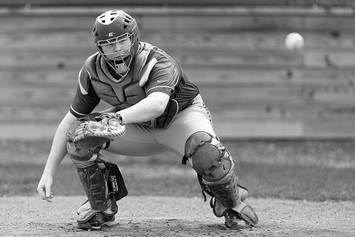Sprains
A sprain is an injury to a ligament. The most commonly affected joints are the knee and ankle.
What Is a Sprain?
A sprain is an injury to a ligament, or band of tough, elastic-like tissue that connects bone to bone and holds a joint in place. A sprain occurs when a joint movement stretches the ligament beyond its normal range, causing it to partially or completely tear. The most commonly affected joints are the knee and ankle; however a sprain can occur at any joint.
What Are the Different Types of Sprains?
There are three types of sprains, which range from mild (Grade I) to severe (Grade III).
- Grade I - In a grade I sprain, there is stretch and slight tearing of the ligament, however the ligament remains intact. The joint is still stable and the person is able to bear full weight on the joint.
- Grade II - In a grade II sprain, there is damage to the ligament with a large incomplete tear of the fibers. There is often moderate pain, swelling and bruising. There is tenderness with palpation over the area of the damage, and it is very painful to put pressure on the joint.
- Grade III - In a grade II sprain, there is a complete tear of the ligament. There is severe pain, swelling, and bruising of the joint. The joint is unstable and may feel “wobbly” and putting weight on the joint is impossible.
What Are the Symptoms of a Sprain?
When injury to a ligament occurs, pain in the joint is the initial symptom. If ligament damage occurs, a popping sound may be heard at the time of injury. After the initial injury, the joint may be swollen and bruised. It may be difficulty to move the joint or put weight on it, and walking may be impaired.
How Is a Sprain Diagnosed?
In most cases, the diagnosis of a sprain can occur by examining the affected area. Commonly, an xray is initially obtained to rule out a possible fracture, or break, of the bone or bones at the site of pain. An MRI, or magnetic resonance imaging, may be obtained if your health care provider suspects damage to the ligaments.
How Is a Sprain Treated?
The initial treatment of a sprain includes rest, ice, elevation and compression of the affected area. This should occur for at least the first 72 hours following injury. Resting the area avoids putting stress on damaged tissue to prevent further injury or damage. Ice helps to reduce swelling and should occur for 20 minute intervals several times throughout the day. An ace wrap or other elastic bandage can be used to compress the area to reduce swelling. The wrap or bandage should be placed from the end of the limb to past the affected area. The affected area should be elevated above the level of the heart as much as possible to minimize swelling.
After the symptoms have improved from initial treatment, your physician may request therapy to rehabilitate the affected area. This may include exercises that focus on improving motion and strength to the affected area. With proper treatment, rapid recovery is expected. On rare occasion, the injury may be severe enough that surgical intervention is required to fix the damaged tissues and ligaments.



